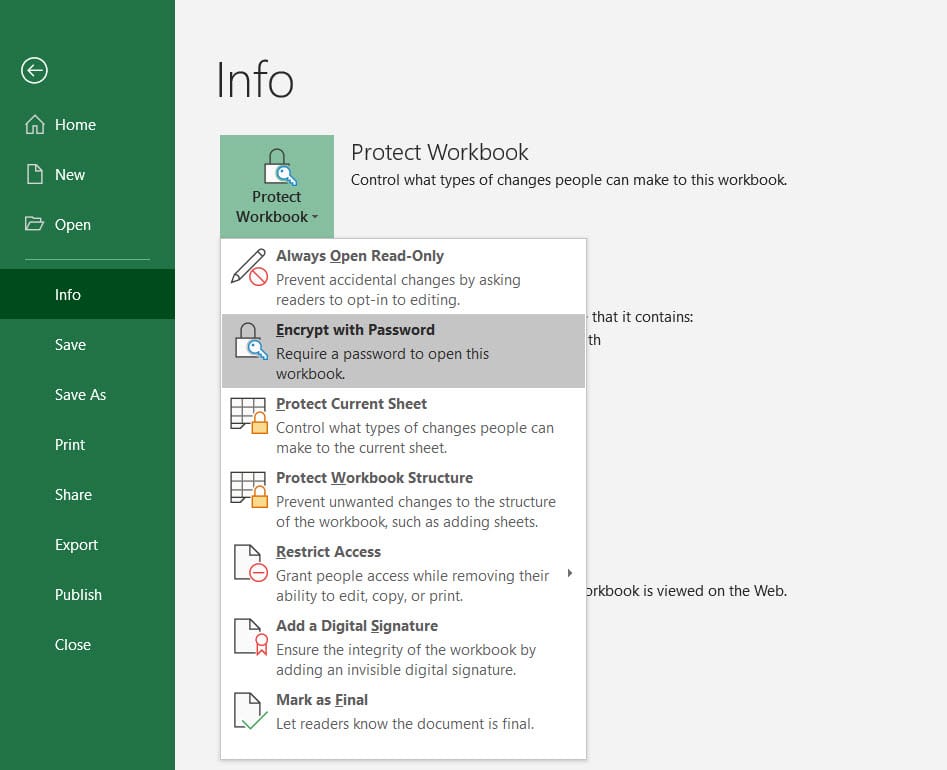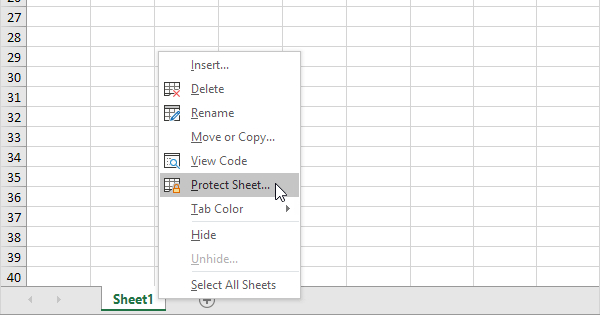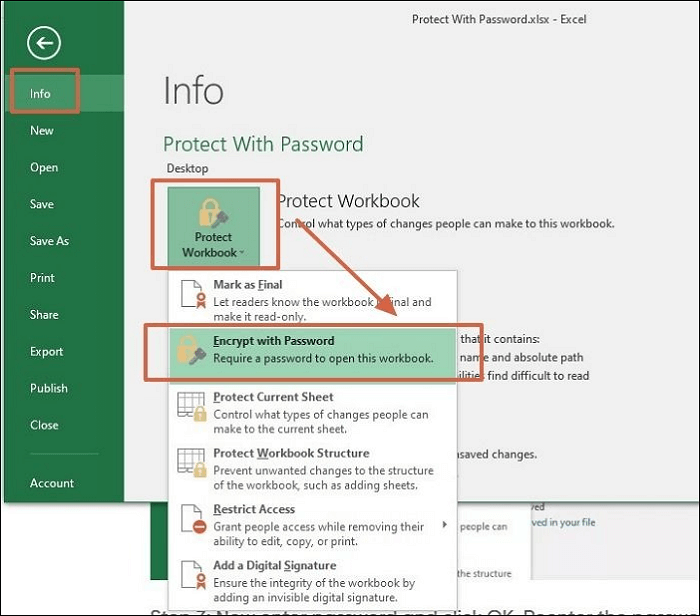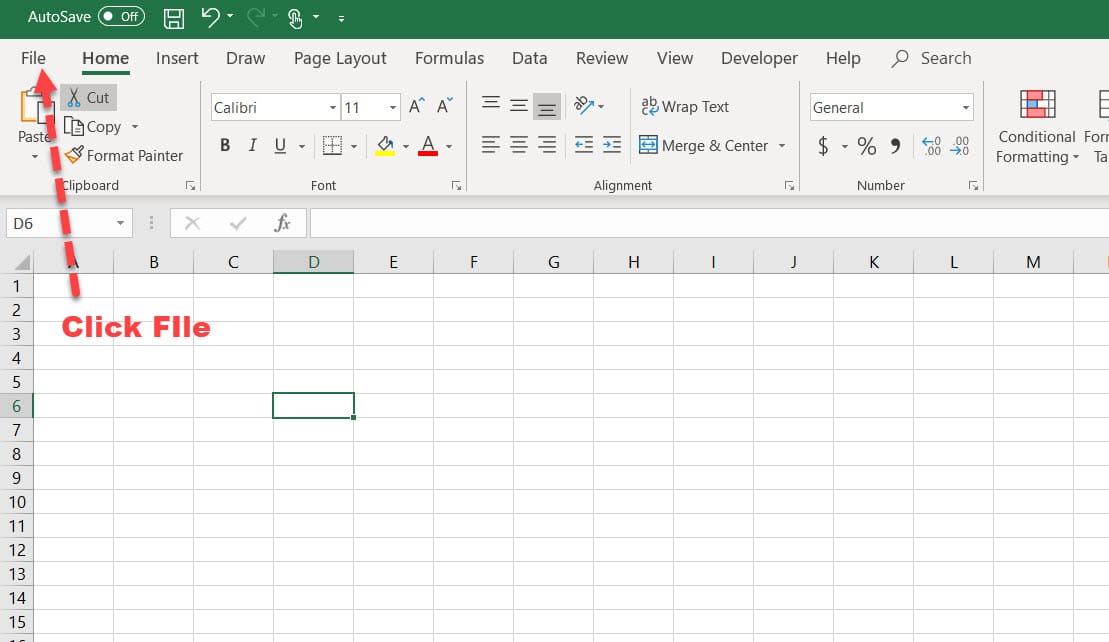Secure Your Excel Sheets: Password Protection Guide

Understanding Excel Security

Excel, developed by Microsoft, is one of the world's most popular spreadsheet applications, offering a vast array of tools for data analysis, visualization, and collaboration. Despite its robustness in data manipulation, security remains a top concern when it comes to sharing sensitive information. In this comprehensive guide, we'll explore how to secure your Excel sheets by applying password protection, ensuring your data remains private and secure.
Why Password Protection is Essential for Excel Sheets

Excel spreadsheets often contain critical data - from financial details and business strategies to personal information like employee records. Here are a few reasons why you might want to apply password protection:
- To prevent unauthorized access or modification.
- To maintain data integrity by avoiding accidental changes.
- To comply with data protection regulations like GDPR, HIPAA, etc.
- To limit sharing and protect sensitive data when sending files.
How to Password Protect an Excel Sheet

Excel provides an intuitive way to apply password protection to your sheets or the entire workbook. Here's a step-by-step guide:
- Open your Excel workbook or sheet that you want to secure.
- Go to File > Info on the top left of the Excel window.
- Under the 'Protect Workbook' section, click on 'Protect Workbook' or 'Protect Sheet' depending on your requirements.
- Select 'Encrypt with Password'. This will open a dialog box to set your password.
- Enter your desired password in the 'Password' field, and click OK. Remember, passwords are case-sensitive.
- Re-enter the same password for confirmation.
- Save your workbook to apply the password protection.
🔐 Note: Choose a strong, complex password and remember it. There's no default way to recover the password if you forget it.
Advanced Excel Security Options

Beyond basic password protection, Excel offers several other ways to enhance security:
Protect Specific Ranges

Secure individual cells or ranges to prevent users from editing or viewing them:
- Select the range you want to protect.
- Go to 'Review' tab, click on 'Allow Users to Edit Ranges'.
- Choose 'New' to set a new range and password.
Read-Only Protection

To allow users to view but not edit a workbook:
- Go to 'File > Save As' and choose 'Tools > General Options' at the bottom.
- Set a password to open the workbook, or check 'Read-only recommended' to encourage users to open in read-only mode.
Worksheet vs. Workbook Protection

Here's a quick table to differentiate between the two:
| Type | Description | Usage |
|---|---|---|
| Workbook Protection | Secures the structure of the workbook, preventing addition, deletion, or renaming of sheets. | When you need to prevent unauthorized structural changes. |
| Worksheet Protection | Locks cells or ranges within a sheet to prevent data entry or modification. | To protect specific data on a sheet while allowing users to interact with other parts. |

Best Practices for Excel Security

To ensure your Excel sheets remain secure, consider these best practices:
- Use Strong Passwords: Incorporate numbers, symbols, and mixed case for robust protection.
- Regularly Update Passwords: Change passwords periodically to maintain security.
- Avoid Common Passwords: Stay away from easily guessed passwords like '123456', 'password', etc.
- Back Up Your Data: Always keep a secure backup of your workbook in case of corruption or loss.
- Be Wary of Macros: Disable or restrict macros as they can be a security vulnerability.
- Encrypt the Workbook: For added security, encrypt the entire workbook when sharing.
- Use Permissions: Leverage Excel's permissions to control what users can do with your data.
By implementing these security measures, you significantly reduce the risk of data breaches or unauthorized changes to your Excel files.
In this guide, we’ve covered how to safeguard your Excel spreadsheets through password protection. Excel’s built-in features allow for a high level of control over who can view or modify your data, ensuring both privacy and data integrity. By using strong passwords, leveraging advanced security options, and following best practices, you can secure your Excel sheets from unauthorized access, ensuring your valuable data remains safe. Whether you’re protecting financial models, client information, or any sensitive data, these steps will help you maintain security while sharing or working on Excel files.
Can I recover my Excel file password if I forget it?

+
Unfortunately, Microsoft does not provide a way to recover or reset a forgotten password for Excel files. You’ll either have to remember it or keep a secure backup.
How strong should my Excel password be?

+
Your password should be strong, ideally a mix of upper and lowercase letters, numbers, and symbols. Aim for at least 8 characters long, but the longer and more complex, the better.
Is Excel protection secure enough for sensitive data?

+
Excel’s built-in security features provide a good level of protection, but they are not considered foolproof. For highly sensitive data, consider additional encryption methods or secure sharing platforms.


